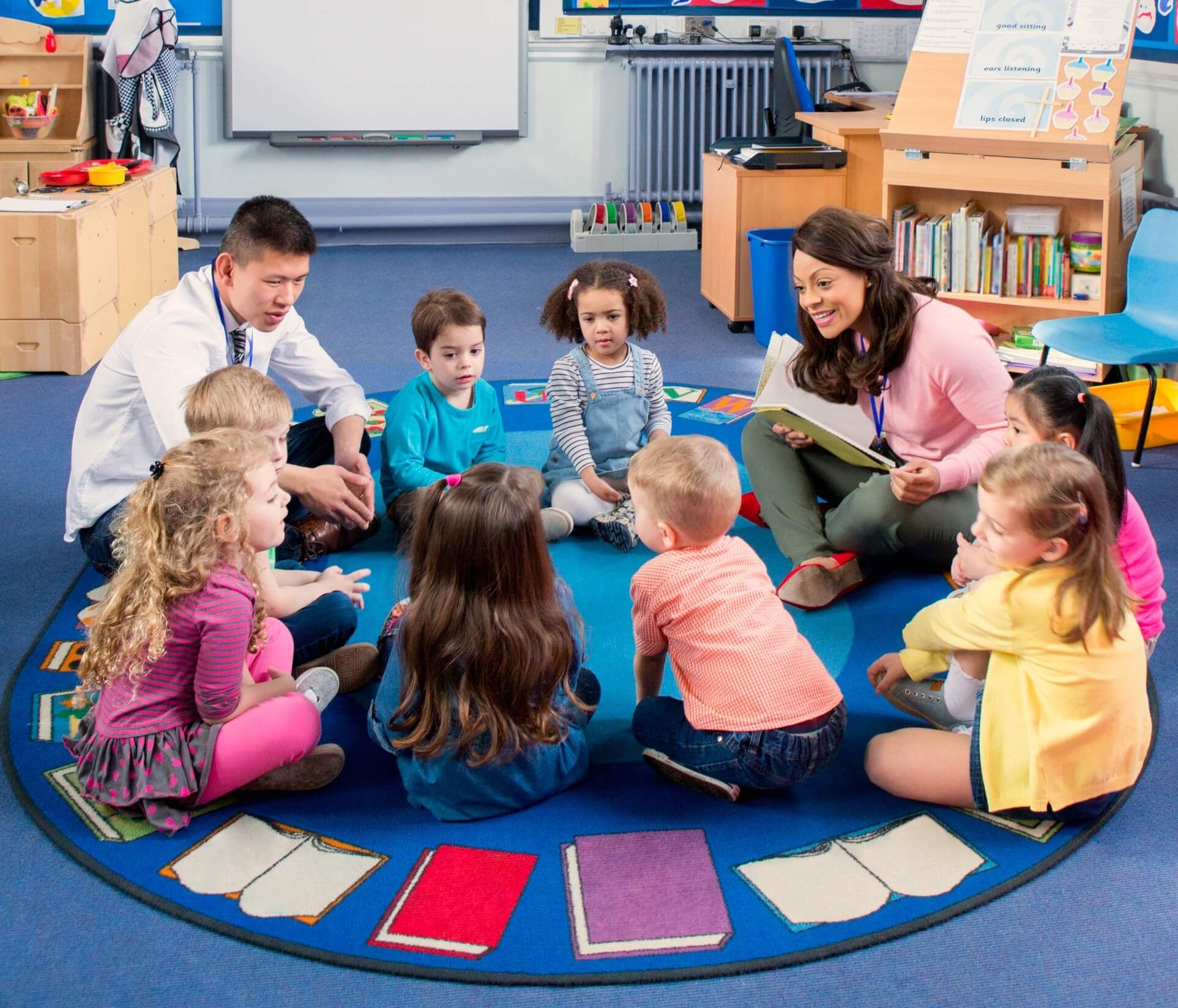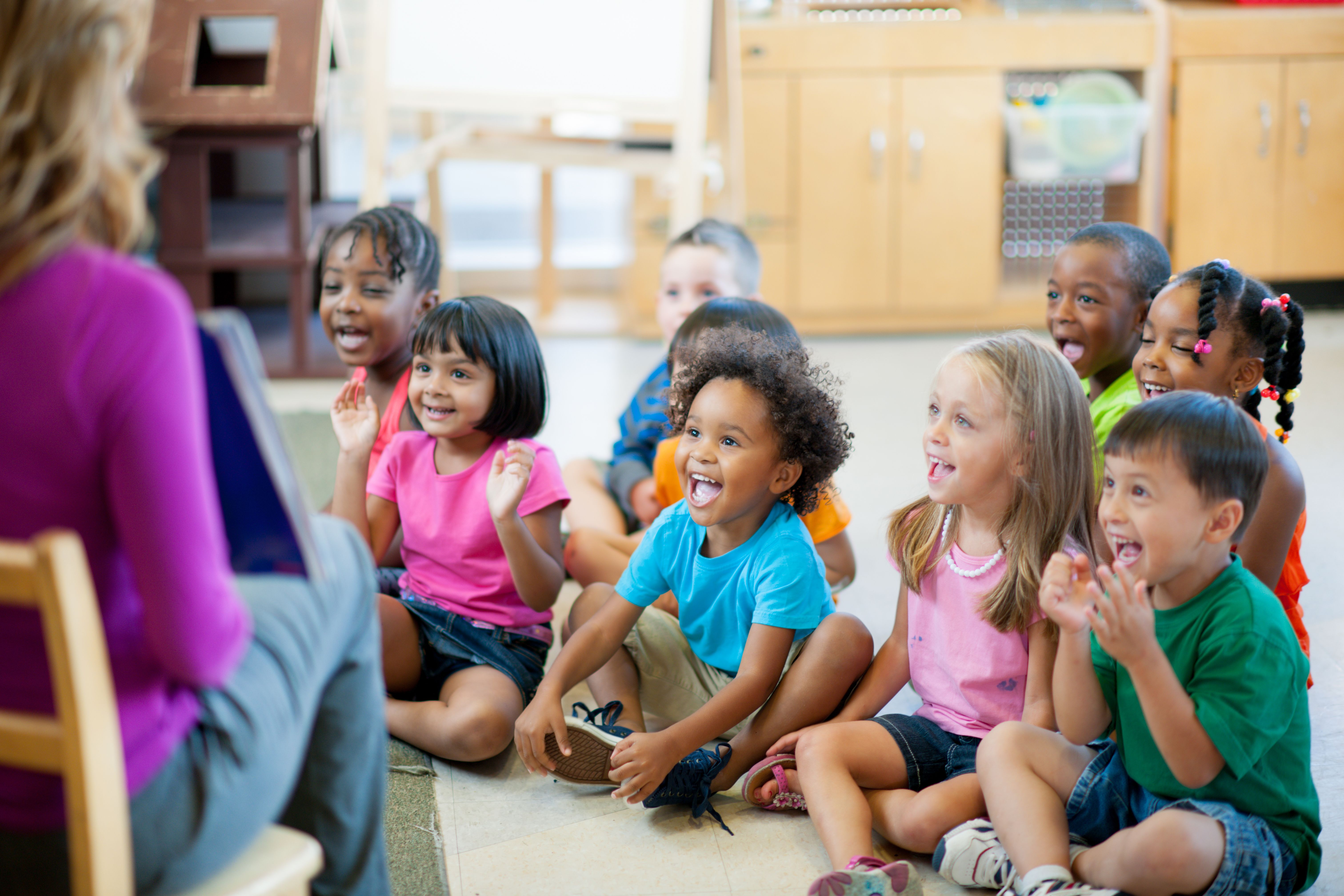School and daycare: Schools and Childcare Programs | COVID-19
Interactive School Ventilation Tool | CDC
Important update: Healthcare facilities
CDC has updated select ways to operate healthcare systems effectively in response to COVID-19 vaccination.
Learn more
Interactive School Ventilation Tool
Updated May 27, 2022
Print
This tool is designed for building managers or school administrators who are familiar with the school’s current ventilation systems.
Small particles that people breathe out can contain virus particles, including the viruses that causes COVID-19 and influenza (flu). Good ventilation, along with other preventive actions, can help prevent virus transmission in schools.
A window exhaust fan can reduce virus particles in a classroom by up to 95%.
Select the options below to see how particle levels change as you adjust ventilation settings.
The risk of getting COVID-19 varies according to individual susceptibility and the number of virus particles to which a person is exposed. The fewer virus particles in the air, the better.
This tool does not contain all scenarios. However, you can layer strategies for even better ventilation results.
- This tool uses data from the National Institute of Standards and Technology.
- The results are estimates and might not be exact in the real world. Our model assumes an infected occupant (teacher or student) inside a 790 square-foot classroom for 6 hours. The model shows the reduction in particles over those 6 hours in the classroom. To see the effects of these ventilation settings on different room sizes and HVAC system types, see this report from the National Institute of Standards and Technology.
- Due to limits of the current model, the tool does not contain all scenarios, including opening a window or using multiple enhancements at one time.
However, layering strategies will help clear out virus particles in rooms faster.
- The model assumes that if you select Terminal Unit or Central/Rooftop Unit, the unit would be operating continuously during school hours.
- The base filter in the “No HVAC” system is no filter, in the “Terminal Unit system” is MERV 6, and in the “Central/Rooftop Unit” is MERV 8. For this model, a “premium” filter is based on one rated for MERV 13 filtration. Learn more about HVAC filters and portable air cleaners. Visit Ventilation in Buildings to learn more about MERV ratings.
- The portable HEPA air cleaner is assumed to be operating at high speed (300 cfm).
- The exhaust fan is assumed to be 1,200 cfm.
- The 100% Outside Air option is only available on the “Central/Rooftop Unit” and means that no air is recirculated.
- All scenarios are compared against a classroom with no central ventilation system with no filter, no HEPA air cleaner, and no exhaust fan.
Download Data [CSV – 523 B]
Visit the Interactive Home Ventilation Tool to learn how to improve ventilation in your home.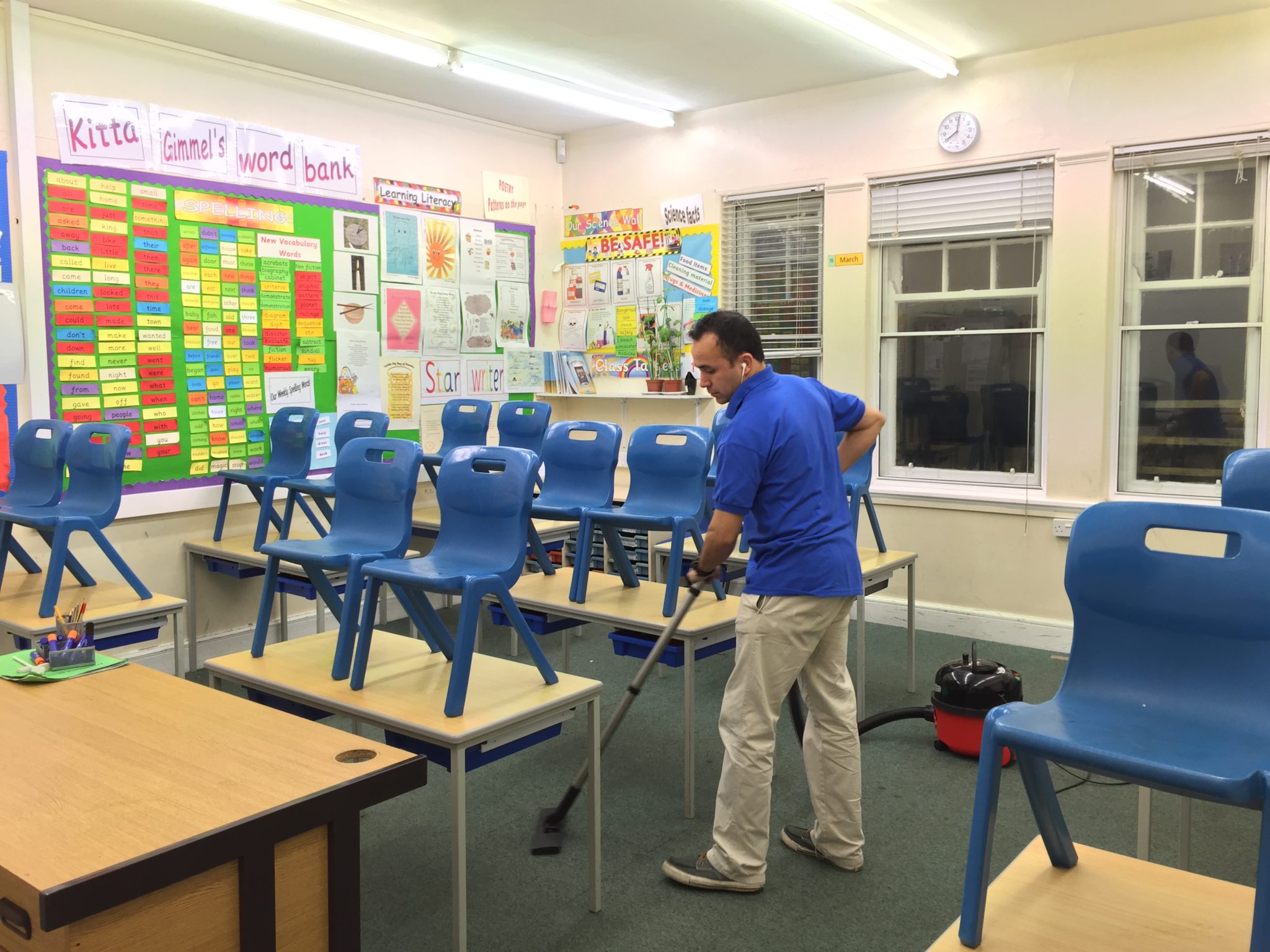
Opinion | School Is (Whisper It) a Form of Child Care
Opinion|School Is (Whisper It) a Form of Child Care
https://www.nytimes.com/2020/10/13/opinion/coronavirus-schools-child-care-centers.html
Advertisement
SKIP ADVERTISEMENT
Opinion
And child care, at its best, fosters children’s development. So how did we come to treat them so differently?
Credit…FatCamera/E+, via Getty Images
By Bryce Covert
Contributing Opinion Writer
This summer, as debate raged among lawmakers, school districts and parents about whether it was safe to send kids back to school, something strange happened in Howard County, Md.
The Howard County school system decided to remain remote for at least the first semester. But to help parents deal with the lack of in-person care for their children, the county offered elementary school students a spot in parks and recreation programs, which provide “support for virtual learning assignments” along with “work sessions” and “crafts, physical activities, and games” — activities not totally unlike, say, school.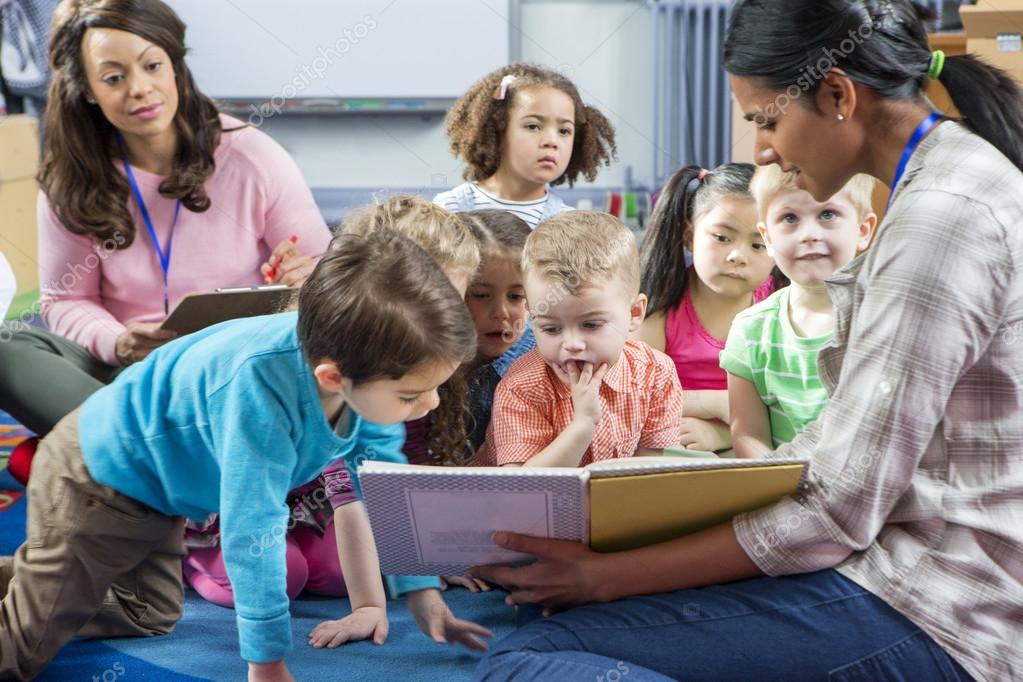
Little mention was made of the adults who will supervise the children during this child care. There was no hand-wringing about classroom configurations or safety guidelines. The catch? Unlike regular public school, which is guaranteed and free, the spots were limited — and cost $219 each week for a full day.
Similar programs have been created in places such as Texas, Vermont, Boston and New York City. Even before the school year began, child care providers never shut down in many places and were mostly left on their own to figure out how to keep their doors open while keeping everyone safe.
What is going on? Why would we endlessly debate the safety of putting children in classrooms, but put them in day care settings without anyone batting an eye — and certainly with no national debate?
In reality, there is no magical distinction that leaves children and adults immune to the coronavirus in a child care setting but not in a school. And yet throughout the pandemic we’ve operated as if there is.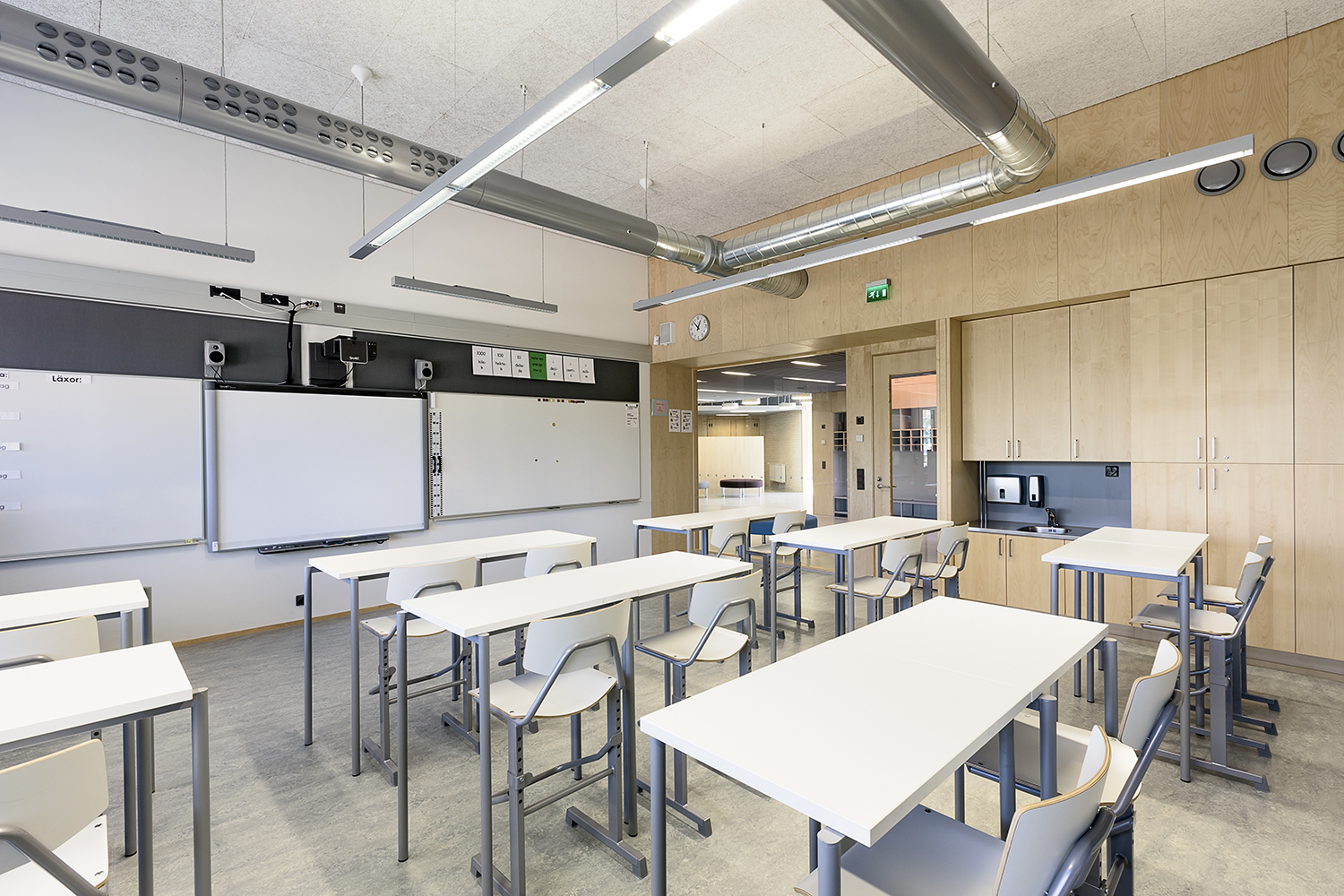
It has taken a once-in-a-lifetime crisis to reveal what was always true: School is — whisper it — a form of child care; child care, at its best, fosters children’s development.
We have long drawn a sharp distinction where there shouldn’t be one. School is, first and foremost, about education. But it is also a safe place for parents to send their children while they’re at work. That fact became torturously clear as school was yanked away, throwing families into chaos. At the same time, while child care allows parents of young children to go to work, the early years are also critical for children’s development, making the educational aspects crucial.
The dichotomy we’ve set up between the two doesn’t serve anyone now, but it didn’t work under normal circumstances, either. Separating child care from the larger K-12 educational system forces many of us to live with an expensive, patchwork, private system for children up to age 5. And ignoring the fact that school is a place where children both learn and are kept safe while their parents work means we haven’t reconciled short school days and academic calendars with a typical working parent’s schedule.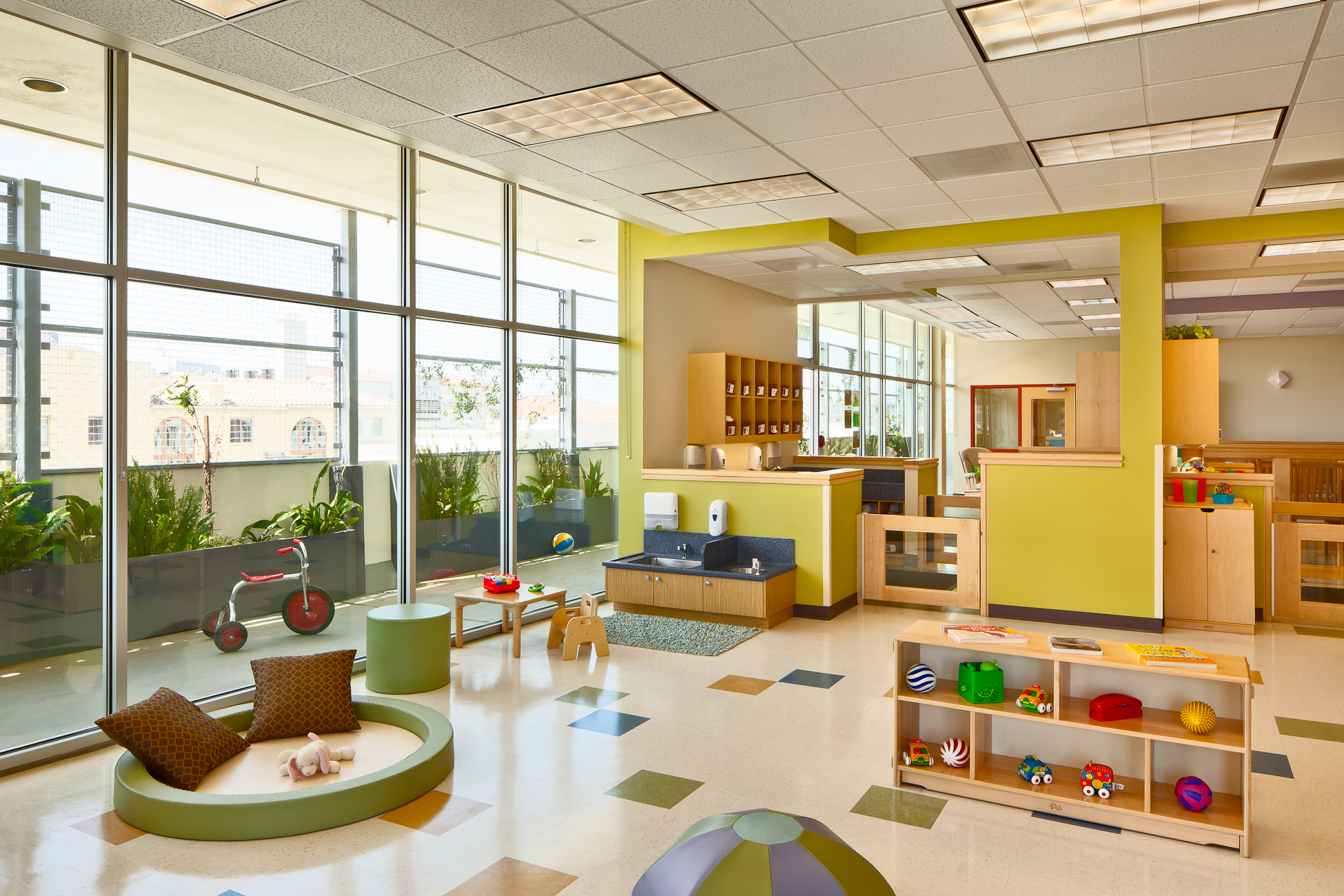
How did we ever let such a bifurcated system grow so established in the first place? The story begins, for a University of Pennsylvania education historian, Jonathan Zimmerman, when formal school was first established in this country. In the 1800s, school was transformed state by state from a few weeks of instruction by a teenage girl in a one-room house into a system of formal classrooms with grades and professional teachers. Educational reformers like Horace Mann and Henry Barnard insisted that children needed more formal schooling in order to be informed citizens upholding democracy.
But that same reform push also excluded the nation’s youngest children. When “school” still meant a one-room schoolhouse, working mothers were happy to send babies along with their siblings — which doesn’t mean that this was a good outcome. “They would park the babies in front of the fireplace and the babies would fall asleep and fall backward,” Mr. Zimmerman said. “Kids were injured.” Horace Mann insisted that babies ought to remain at home, to allow the other children to get a better shot at a real education.
“Nobody’s wrong here,” Mr. Zimmerman said. “Mom’s right that we need a place for the 6-month-old, and Horace Mann is right that kids don’t actually belong in the schoolhouse.”
But no one swooped in to help Mom get what she needed — even as a broad consensus formed across the country that all children above the age of 6 had a right to a publicly financed education. “Public support for education starting in grade 1 has never really been a question,” Mr. Zimmerman said, even if we’ve frequently — and vehemently — fought over the particulars of how it’s carried out. School was never about alleviating a burden for parents. It was, for a new republic, based on the idea that the country needed an educated population to make democracy function. It was a civic service.
Child care, on the other hand, was guided by an entirely different logic. “There’s a common thread that runs through the history of child care in this country,” said Chris Herbst, an Arizona State University associate professor who studies child care policy.
Mothers have always worked outside the home. During Mann’s time, they were in mills and factories alongside men. Their presence in the workplace then was controversial, as it remains today. Convincing the public that there should be a service available to take care of their kids while they worked was “a really heavy lift,” Mr. Zimmerman said.
In fact, mothers didn’t get any help from the government until the government needed them to work. During the Great Depression, the Works Progress Administration operated a network of child care centers aimed at helping unemployed mothers get jobs. Then, in the midst of World War II, President Franklin Roosevelt built a network of centers across the country. By then, men were fighting abroad and the ranks of childless women were running thin. But without child care, the nation was subjected to an array of horror stories about what happened when mothers went to work, such as children locked in cars near factories or chained to trailer homes.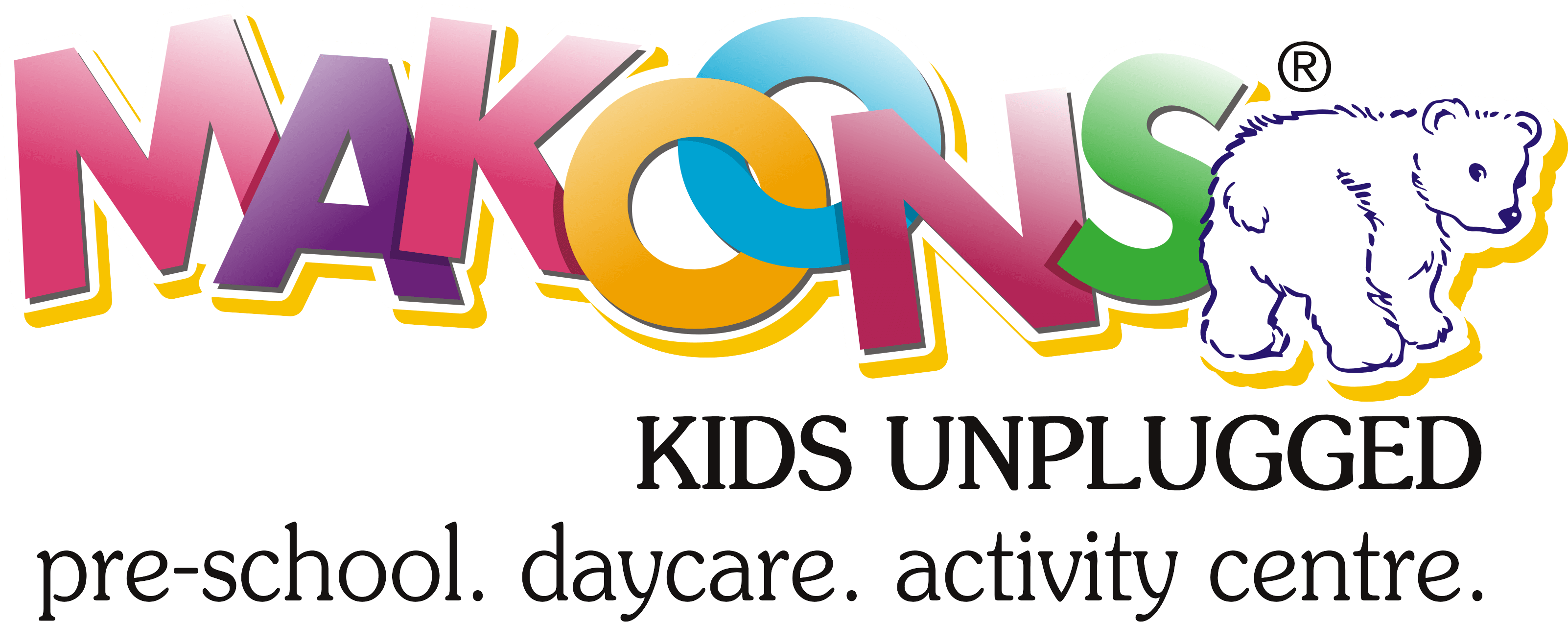
And so, between 1943 and 1946, the country had a publicly funded, universal child care system built on the idea that women needed to leave the home to keep America running. It was “one of the earliest examples of child care policy in this country,” Mr. Herbst said. And it sprung directly from an economic need. “It was not designed specifically with education goals or child development goals in mind,” Mr. Herbst said. “It was all about parent employment.”
The centers shut down when the war ended, and the country has yet to create a universal child care program since. It has barely even invested public resources in it. But the few times it has, work has nearly always been the driving priority. In the 1990s, the federal government created programs like the Child Care & Development Block Grant and child care subsidies in the Temporary Assistance for Needy Families program with the goal of “quickly moving mostly unmarried mothers with young children from welfare to work,” Mr.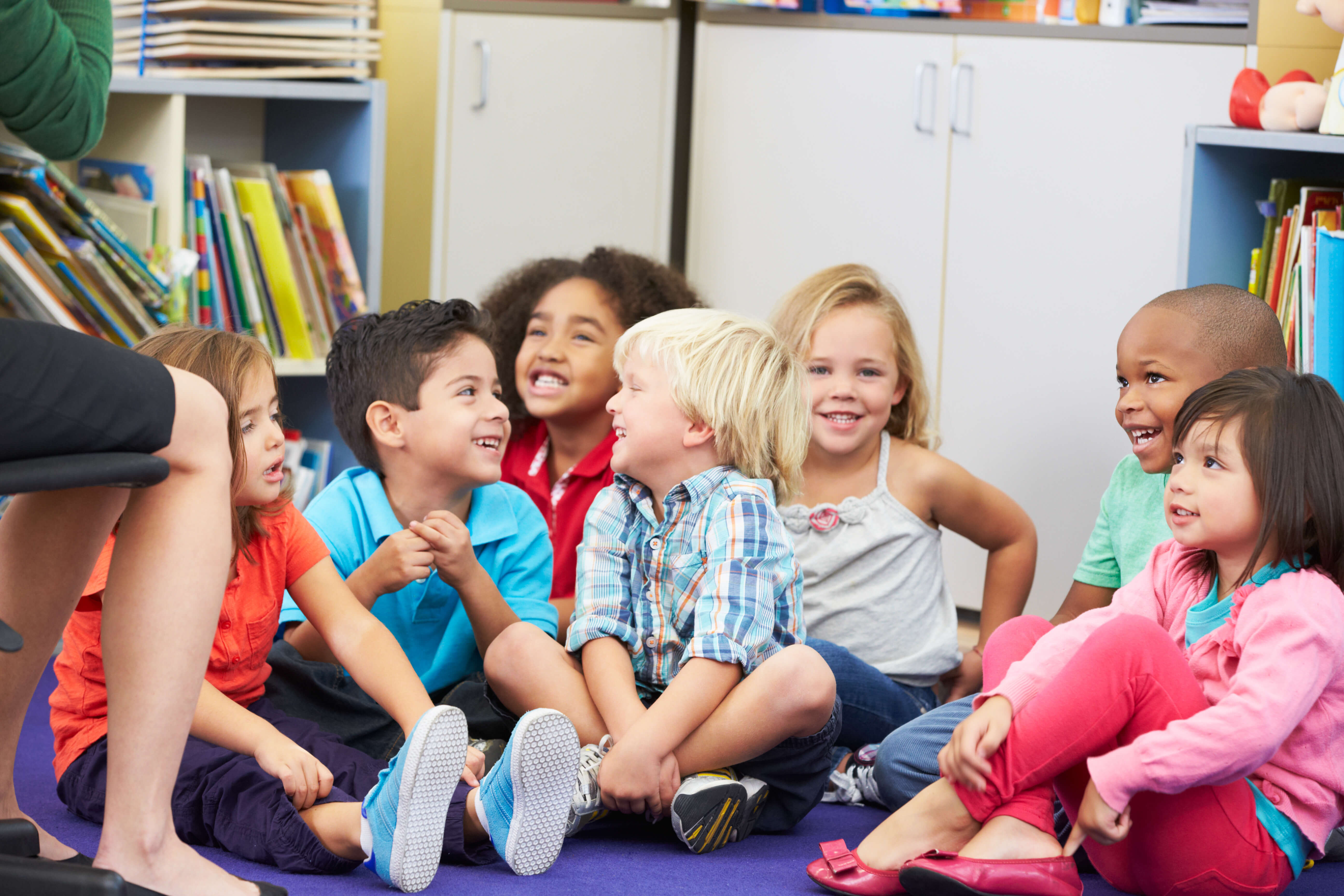
So child care has always by default been ensnared in the thicket of debate over the role women are meant to play at home and in public. School has rarely come into conflict with that debate. The basic premise that children deserve to learn — and that education is important for the country as a whole — hasn’t been disputed.
And yet the two suffer from being divided from each other. “In both realms, we’re only having half the necessary conversation,” Mr. Herbst said.
Even before the pandemic, school misaligned with parents’ needs. The school day barely resembles the typical demands of a job. The median school day ends at 2:50 p.m., and nearly all are closed by 3:30, yet most of us work until 5 or 6 p.m. When functioning normally, schools still close for nearly 29 days during the school year, more than two workweeks longer than what the average private-sector worker gets in paid vacation and holidays — and that’s not even touching on summer vacation.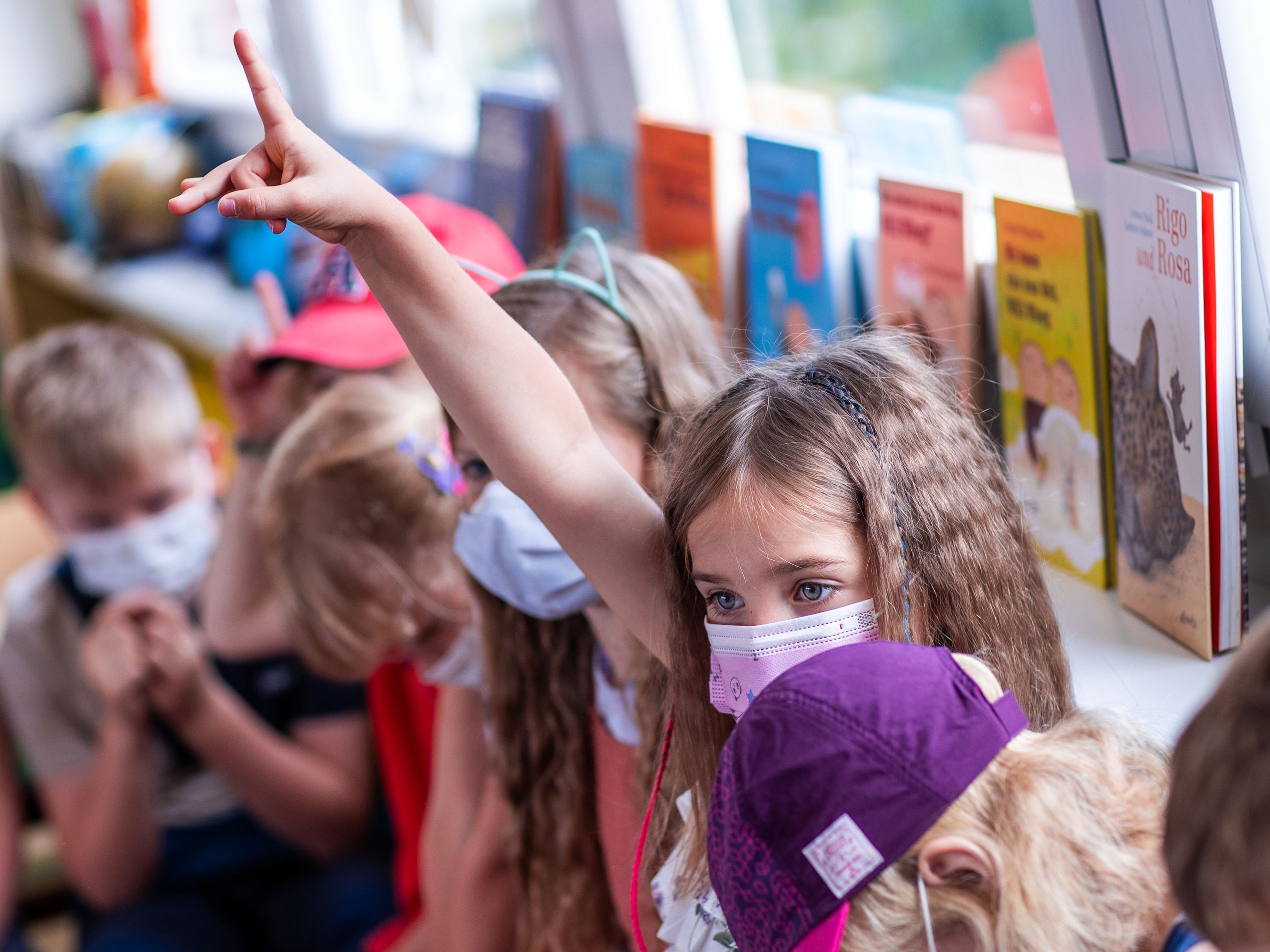
At the same time, an academic consensus has emerged about the importance of the first few years of a child’s life to brain development and later life outcomes. To neglect the developmental, if not educational, importance of high-quality child care is to do an enormous disservice to the millions of children who are in child care on a typical (non-pandemic) day.
Now this arbitrary dividing line has left child care providers all but abandoned while struggling to safely stay open and pick up the slack when school districts have decided to go remote. The fact that K-12 schools get public funding and oversight means they are also subject to public debate. Child care has been relegated to a lesser status and has less power to make demands on lawmakers, even if the demand is simply for some canisters of disinfectant wipes.
The answer is not that we must drag K-12 education down to child care’s level — to say that teachers are merely babysitters who deserve to make barely over minimum wage and that parents should be forced to pay for school themselves.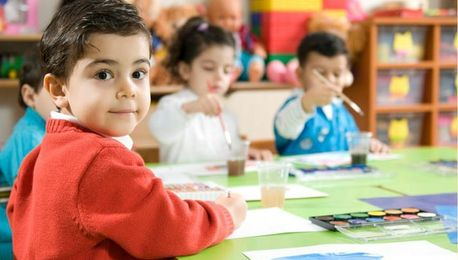
We still don’t know what this school year is going to look like. It’s yet to be seen if schools invite students back in only to shut down as cases spread, or if they’re able to put in place enough safety measures to keep the virus at bay. But when we emerge on the other side, it would be foolish to return to normal, to a system where children’s needs are neglected at young ages and parents’ needs go unheeded at older ones.
Bryce Covert is a contributor at The Nation and a contributing Opinion writer.
The Times is committed to publishing a diversity of letters to the editor. We’d like to hear what you think about this or any of our articles. Here are some tips. And here’s our email: letters@nytimes.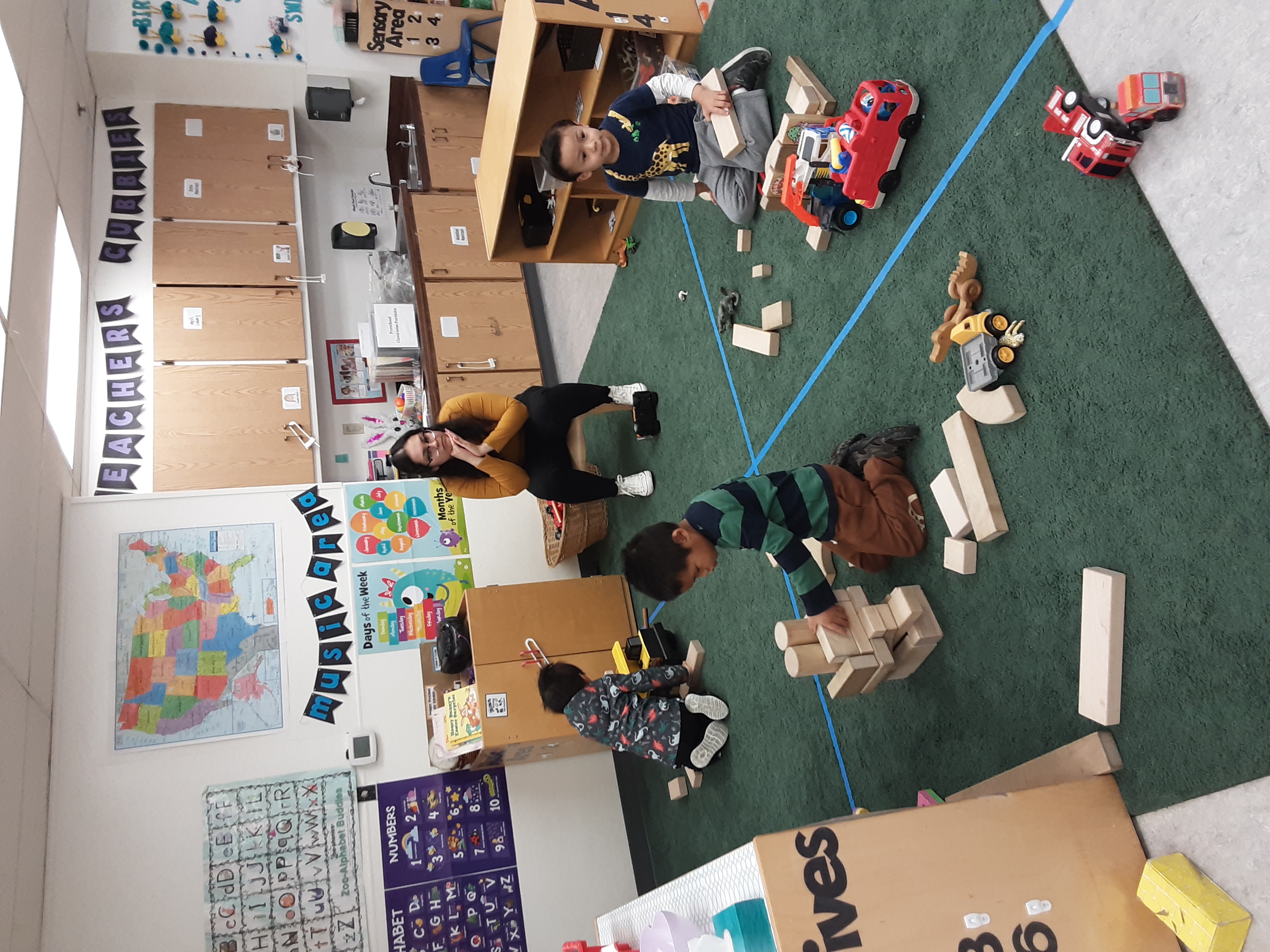
Follow The New York Times Opinion section on Facebook, Twitter (@NYTopinion) and Instagram.
About kindergarten and elementary school | Togliatti Academy of Management
Send an application for admission to a kindergarten Send an application for admission to a school
Enrollment for 2022-2023 is open. We are happy to answer any questions: 55-50-44.
Subscribe to our group VKontakte
Tolyatti, Primorsky Boulevard, 25
Kindergarten – primary school “Rostok” implements programs of preschool and primary general education
Preschool education
Junior group from 2.5 years old
Middle group
Senior group
Preparatory group
Education program
LEARNING CONDITIONS
WORKING HOURS
Kindergarten – primary school “Rostok” is designed for children from 7:30 am to 19:30 pm, the most comfortable conditions are created here so that every child feels at home.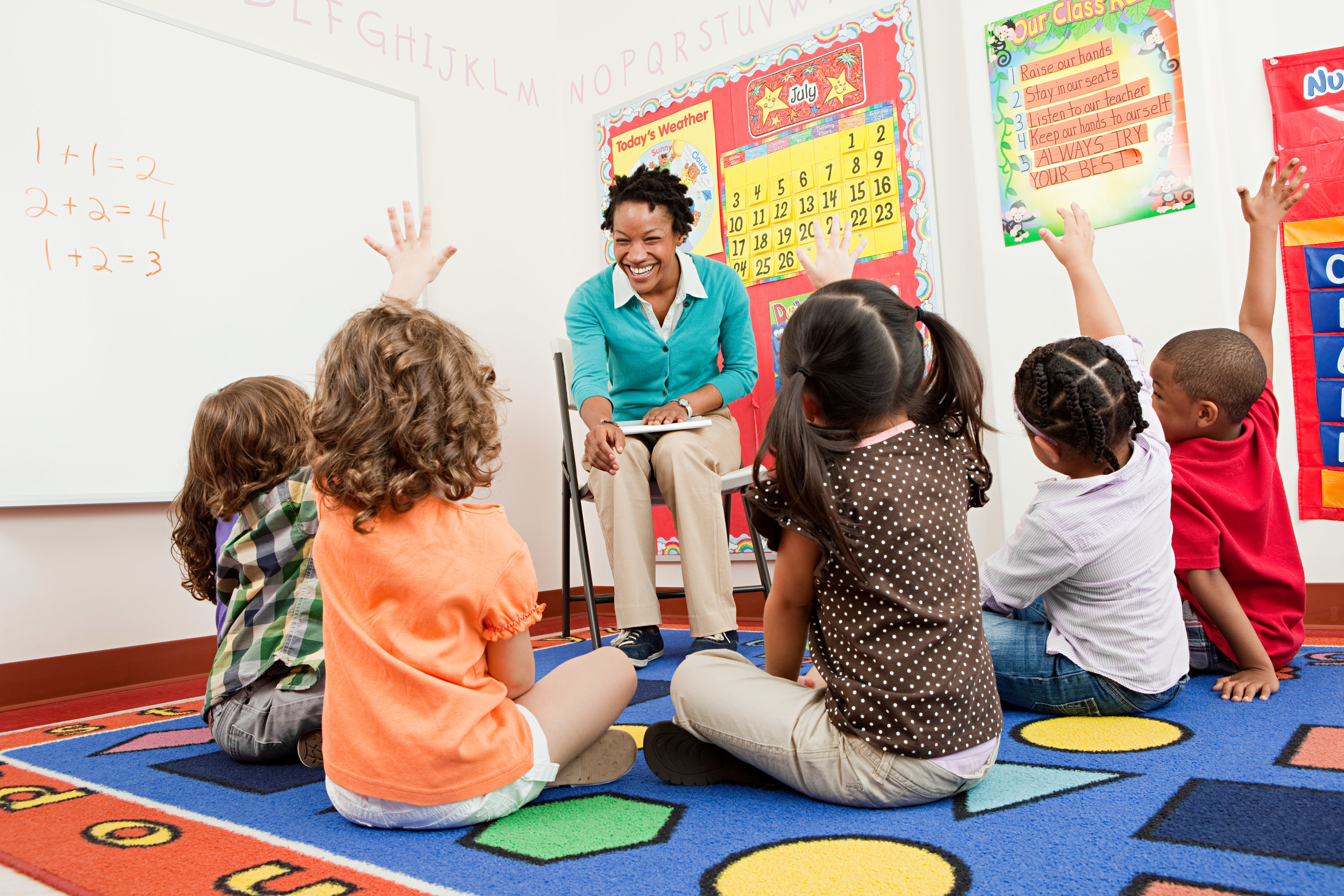
For 12 hours, both kids and schoolchildren are under the supervision of educators and teachers. In the kindergarten, the day for pupils begins with breakfast, then the teachers work with the children:
- modeling;
- drawing;
- music;
- physical education;
- development of speech or logic.
In elementary school, lessons are held in the first half of the day, and in the second half, students are engaged in sections and circles of additional education (physical culture and sports, artistic and aesthetic, cultural and scientific and technical orientation), take part in project activities, do homework can rest or take a walk.
EDUCATIONAL SYSTEM
The educational system in the kindergarten – elementary school “Rostok” is built in such a way that children have the opportunity to prepare for the transition to the next stages of education. Through active participation in project, competitive and creative work, kindergarten students and primary school students develop the ability to:
- self-improvement and self-education;
- learn to solve logical problems for the formation of thinking and consciousness;
- learn initial competencies in intellectual, information and other fields.
COMPREHENSIVE CLASSES IN ROBOTICS
In the elementary school of PEI VO TAU, as part of the development of a diversified modern student, four stages of education of children in the direction of robotics have been implemented. This is due to the need to develop algorithmic thinking and a creative non-standard approach to solving problems among students and training future technical specialists. Training takes place according to the STEAM methods (science – science, technology – technology, engineering – engineering, arts and math – art and mathematics) Lego Education and individual methods developed by the teachers of the Academy. The first two stages, for students in grades 1 and 2, are implemented on the basis of Lego WeDo 2.0 constructors. Further education is based on Lego Boost building blocks and adapted for Scrath programming. During each lesson, children will explore the world around them, constructing interactive programmable models from functional assembly elements.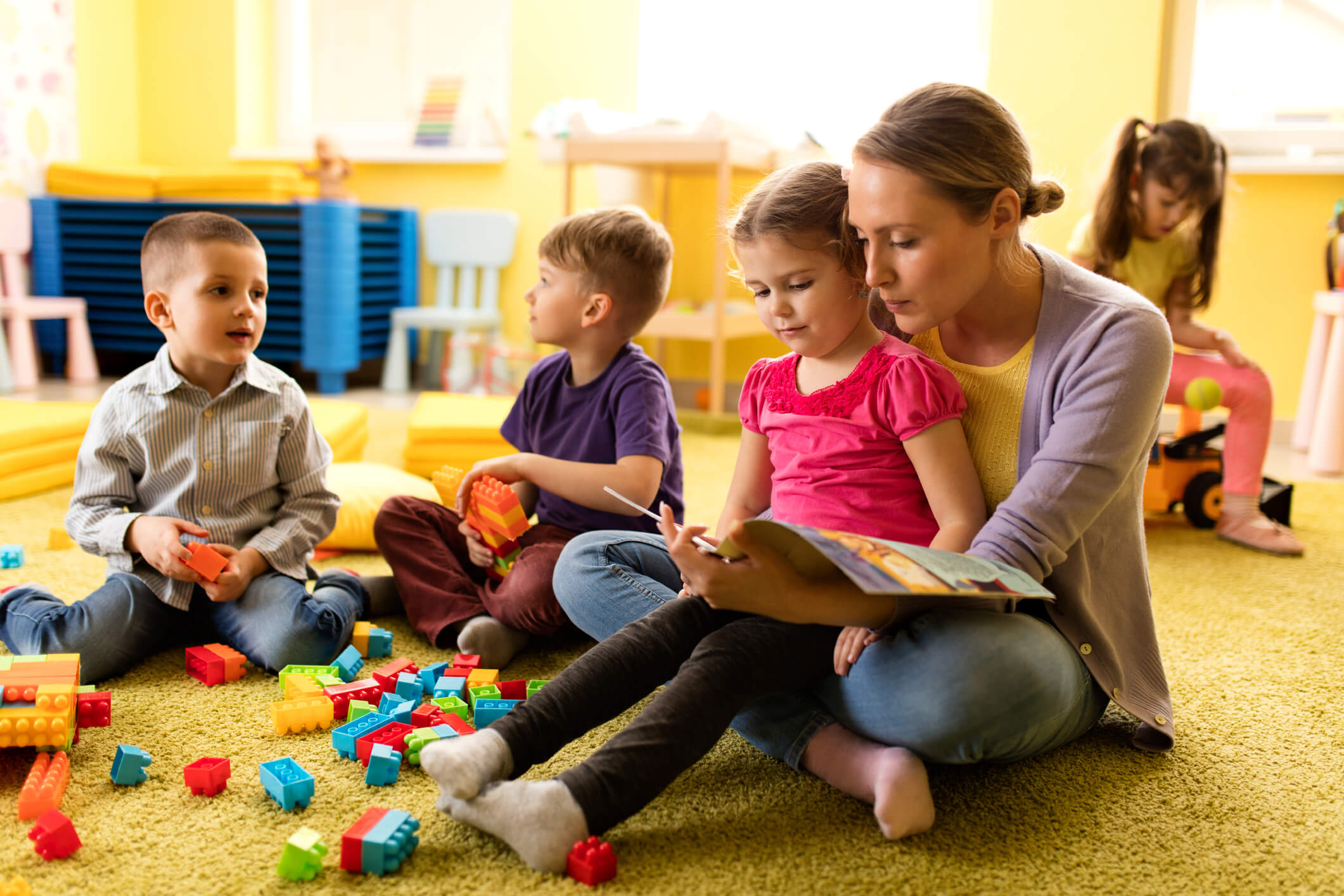
UNIQUE PROGRAMMING TRAINING SYSTEM
CODEWARDS is an educational program specially developed by Redmadrobot for elementary school students (grades 1-4). Redmadrobot is professionally engaged in the design, development of mobile applications for the leaders of the Russian market.
The “CODEWARDS” training system is built on the principle “from simple to complex”. That is, starting from the study of a simple theory and passing easy tasks, the child can move on to solving complex problems, studying more interesting material.
In the process of learning, children receive not only basic programming skills, but also learn to solve logical problems, work in groups and master new skills.
9 0010 DEVELOPED INFRASTRUCTURE
The territory of the kindergarten – elementary school is quite spacious and picturesque. “Rostok” is visited by preschoolers (children aged 2.5 to 6.5 years) and schoolchildren from grades 1 to 4. The building consists of several buildings.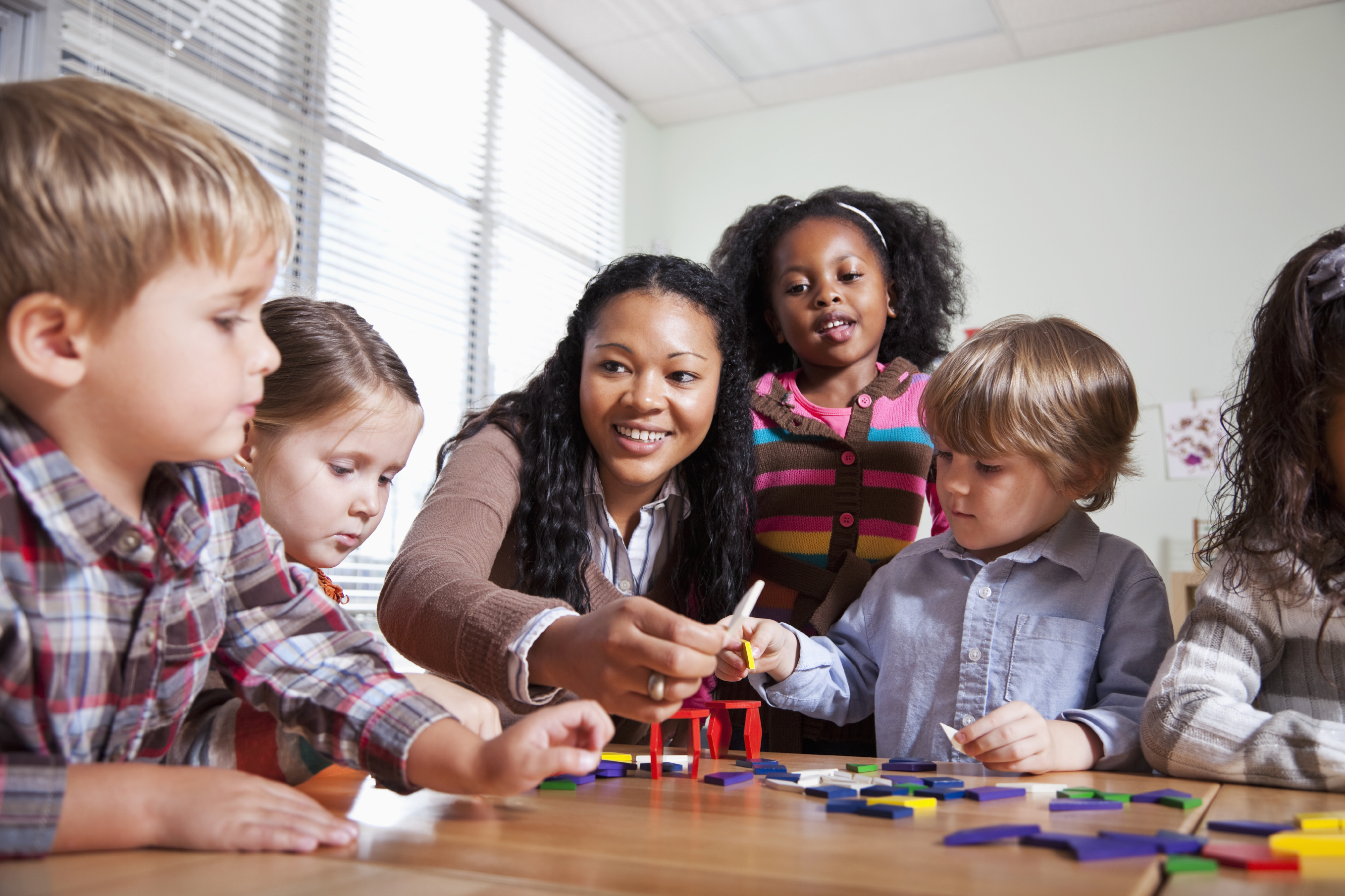
All classrooms are equipped with interactive equipment (interactive whiteboards, projection equipment). General physical training classes are held both indoors (gym, swimming pool) and in the surrounding areas. Physical development and health improvement are one of the priorities of our activity.
COMPLETE FOOD
Both the kindergarten and the elementary school provide five full meals a day. The menu is compiled for a week based on the wishes of the children and medical recommendations. If the child has any food restrictions, then this is taken into account, for example, gluten-free, casein-free, protein-free and other diets.
All dishes are nutritious and rich in vitamins so that children during their stay in the walls of “Rostok” are active and perform all the tasks that educators or teachers give them.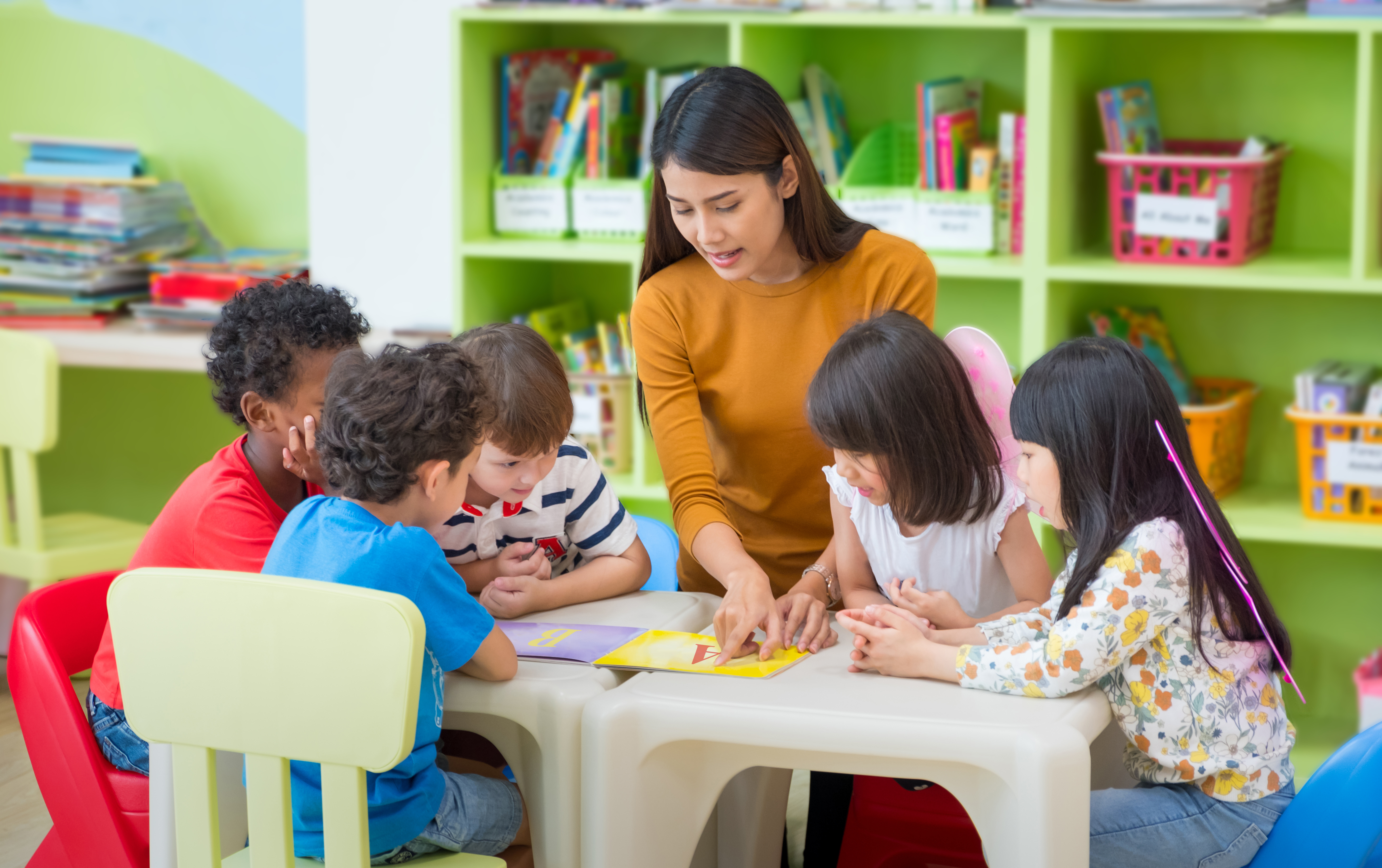
SECURITY SYSTEM
The Academy has special requirements for the safety of its students. Rostok is located in a fenced area and is constantly guarded by employees from the own security service of the Togliatti Academy of Management. Service employees control the order and access control, and the complex is equipped with video security system . We have also developed a program to prevent child road traffic injuries.
INDIVIDUAL APPROACH
All classes in kindergarten (except music and physical education) are held in subgroups of 7 to 10 people. Classes are limited to 20 students. This approach to learning helps the kindergarten – elementary school “Rostok” to achieve the following goals: the formation of students’ abilities for self-development, logical thinking, communication and the initial level of key competencies.
diagnostics are carried out twice a year – specialists look at the dynamics of development of each ward, and then plan their further individual development trajectory with their parents.
MEDICAL SERVICE
Medical care is provided in the kindergarten – elementary school. Control over the health of preschoolers and students is carried out by qualified nurses. Also, the medical staff not only monitors the health of children, but also consults for parents, draws up a children’s menu and organizes children’s health-improving physical gymnastics.
CONTINUITY
One of the principles of education in kindergarten – elementary school “Rostok” is continuity in education. It is carried out as follows: from the preparatory group of the kindergarten, the child goes to the 1st grade of the elementary school. The children’s team remains at this stage practically unchanged. The place of education and development of the child does not change, since both the kindergarten and the primary school are located in the same building.
ADDITIONAL PROGRAMS
On the basis of the kindergarten-elementary school “Rostok” additional programs are being implemented to prepare for school.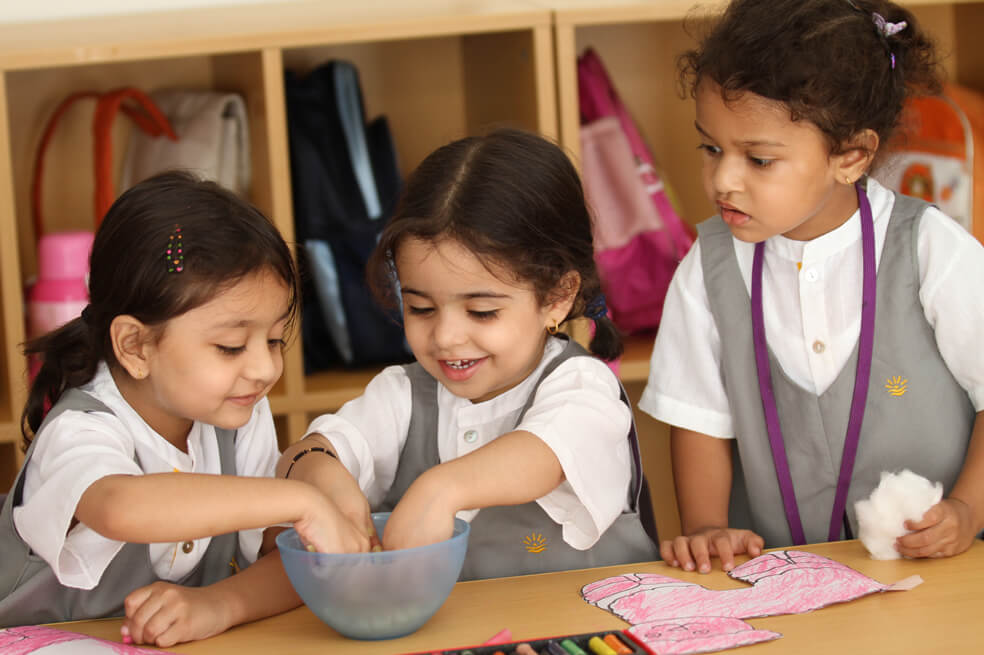
Attendance at extracurricular programs can help your child prepare for school, gain basic reading skills, and develop logic and fine motor skills.
INFRASTRUCTURE OF ACTIVE TIME
Directions of extracurricular activities in the kindergarten – elementary school “Rostok” are very diverse:
- traditions;
- basics of project activities;
- sports events;
- intellectual contests;
- corporate events;
- circles and sections;
- outdoor events and summer playground.
Employment in extracurricular activities helps Rostok students gain new knowledge and have fun.
Federal State Budgetary Educational Institution “School – Kindergarten No. 1” of the Administration of the President of the Russian Federation
Educational organizations
Founded: November 1982
Abbreviated name: FGBOU “School – Kindergarten No.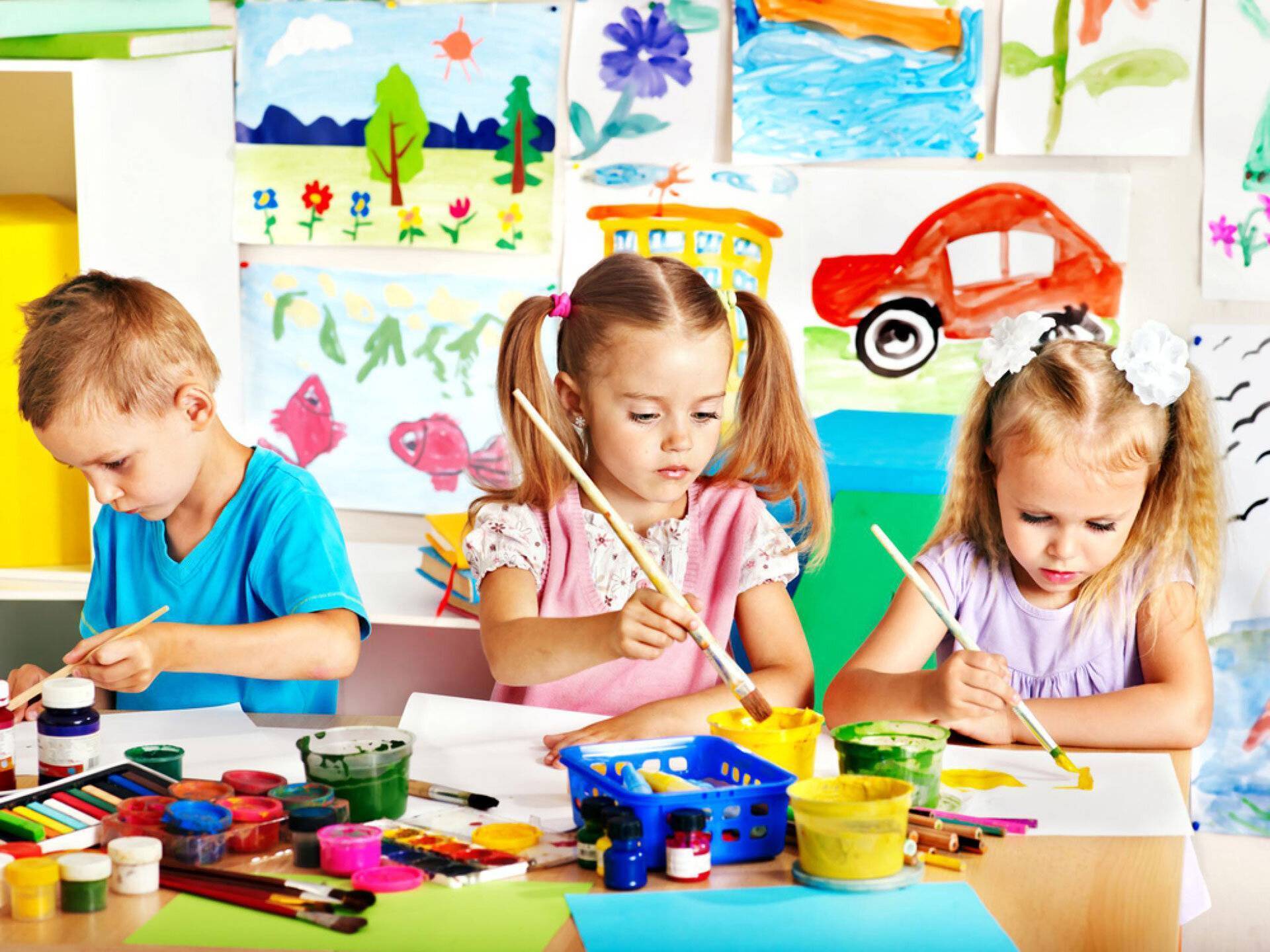
Opening hours : from 7.30 to 19.30 Mon.-Fri.
Permanent external video surveillance. Entrance to the territory is strictly by special passes.
Field of activity: implementation of the main general educational programs of primary and preschool general education within the framework of the Federal State Educational Standard.
Primary school
Education in grade 1 is conducted according to the curriculum, which is drawn up in accordance with the requirements of the Federal State Educational Standard for Primary General Education (FSES) and SanPin.
FGBOU “School – Kindergarten No. 1” is a combination of the classical traditions of Russian education with modern and effective educational technologies.
Classes are conducted by highly qualified teachers and educators:
- educational psychologist;
- speech pathologist;
- music director;
- physical education instructor;
- choreographer;
- English teacher;
- teacher of fine arts.
They have developed a system that integrates both the educational process and extracurricular activities.
Kindergarten
The goal of modern preschool education is to prepare the child for the learning process as gently as possible, to reveal his abilities and teach him to learn with joy and pleasure.
Educators, specialist teachers of the highest and first qualification category.
There are 17 groups in the educational institution.
Classes are held in:
- group rooms;
- music halls;
- sports, gyms;
- English classroom;
- teacher-psychologist’s office;
- speech therapist’s offices;
- art studios.
Additional education is an integral part of the educational system of the school and kindergarten. The main goal of the system of additional education is the development of the creative and intellectual abilities of children, the socialization of students, their adaptation to modern conditions and the organization of leisure after school hours.







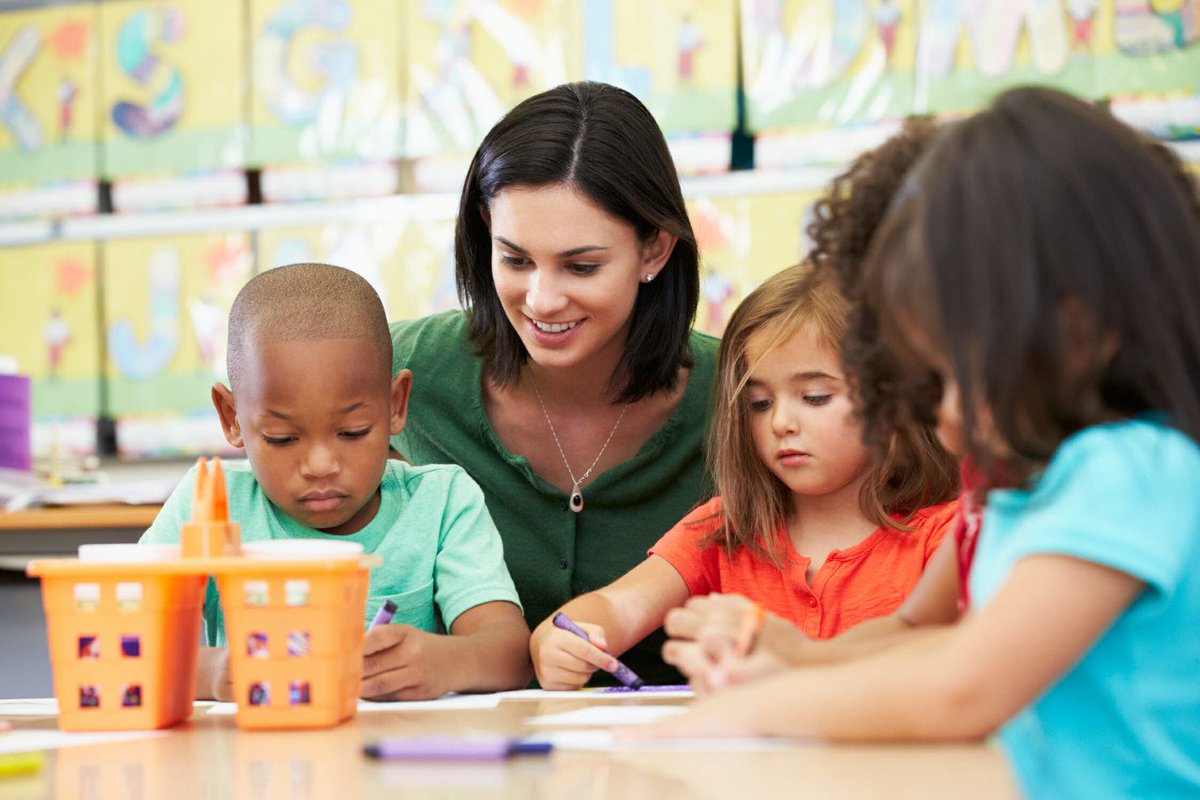 However, layering strategies will help clear out virus particles in rooms faster.
However, layering strategies will help clear out virus particles in rooms faster.